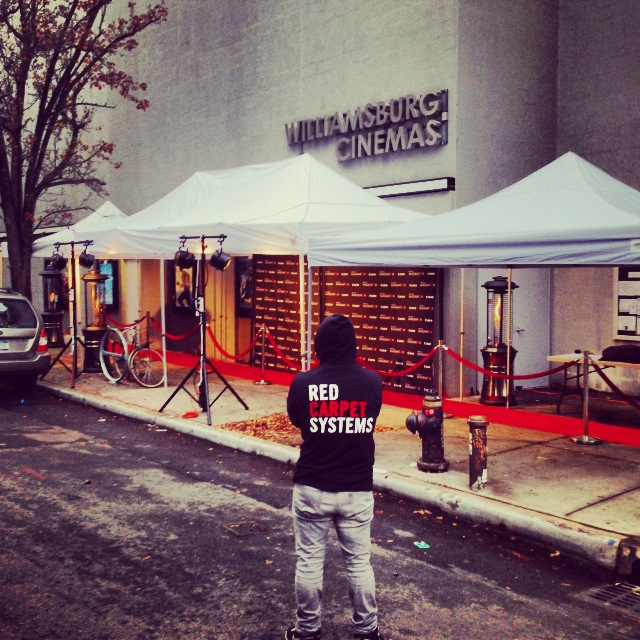Conquering Challenges in the Art of Visual Projection Projection Mapping Implementation
Wiki Article
Visual projections mapping technology is an innovative technology that converts common surfaces into engaging displays. This technique allows creators and designers to cast images and videos onto items like buildings, statues, or stages, creating an immersive visual encounter. However, despite its potential, implementing video projection mapping successfully comes with several obstacles. Understanding and overcoming these hurdles is crucial for anyone seeking to create impactful projection art.
One of the main challenges in video projection mapping is guaranteeing that the projected graphic aligns accurately with the surface. This procedure, known as "mapping," requires accurate measurements and figures. If the projection is not matched correctly, the visuals can look warped or misplaced. To tackle this issue, creators often use dedicated software that assists in mapping the graphics to the object's dimensions. Moreover, conducting comprehensive tests before the final projection can help identify any misalignments and allow for adjustments to be made.

Another major challenge is the varying luminosity and color of the displayed images. Different materials respond variously to illumination, which can affect how the shades appear once cast. For instance, a light-colored surface will bounce brightness differently than a deep one. To tackle this, artists must think about the surface characteristics before selecting the hues and brightness for their displays. Testing the projection on the real surface during the preparation phase can provide valuable understanding into how the final show will look.
Technological issues can also pose a hurdle in video projection mapping. Problems such as equipment malfunction, software bugs, or see this here connectivity problems can disrupt the entire project. To reduce these risks, it is vital to conduct thorough equipment checks and have contingency plans in position. This can include having additional cables, projectors, and even alternative software choices ready to go. Being prepared for technical issues can ensure a more seamless execution of the projection.
Finally, viewers' engagement is an important aspect of video projection mapping. While the graphics are key, how the viewers interact with the display can make a big impact. Artists must consider about how to create their displays to captivate viewers’ focus and encourage interaction. This can involve incorporating elements that encourage engagement or create a story that connects with the viewers. Gathering input from test audiences can also help enhance the show to improve engagement.
In summary, addressing the original source challenges in video projection mapping demands meticulous planning and innovation. By tackling the challenges of alignment, brightness, technical issues, and audience engagement, creators can produce stunning and effective projections. With the right strategies in position, video projection mapping can transform ordinary spaces into extraordinary experiences, captivating audiences and leaving a lasting impression.